Deer antlers flower
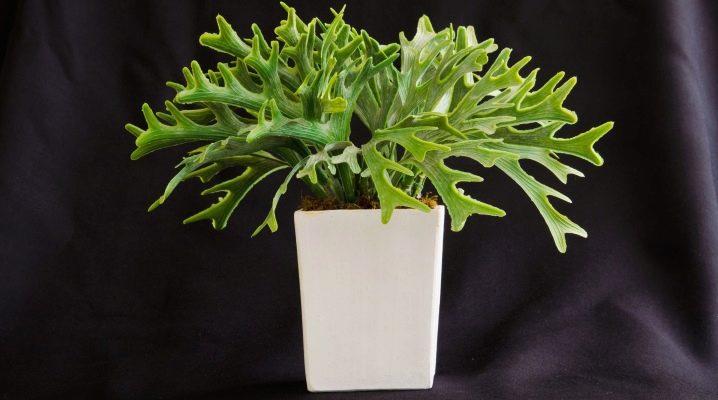
The “Deer Horns” flower, or Platiterium, has long taken its rightful place on the Russian window sills of flower growers. This plant is quite unpretentious, but there are still some subtleties in cultivation. Consider the main varieties, features of agricultural technology.
Description
The biological name of the plant is Platiterium, which means “Flat Horns” in Latin. The flower in question grows slowly in natural conditions, during the entire period of activity it reaches a height of 1 meter. In its natural environment, the fern grows in Asian countries, Australia, Africa, that is, where the subtropical climate zone passes.
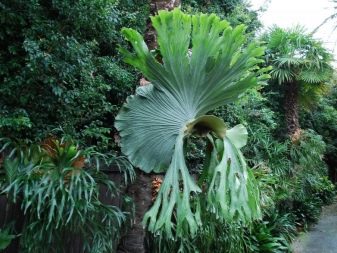

"Flathorse" has distinctive features:
- the leaves are fleshy and thick, with deep cuts, have a light green color with a bloom resembling a waxy gloss;
- the rosette of leaves is collected in a core like a cabbage head.
Many people believe that the plant blooms over time, but this is not so - ferns do not bloom. And the culture, which is covered with yellow small flowers, is the dissected Kalanchoe.

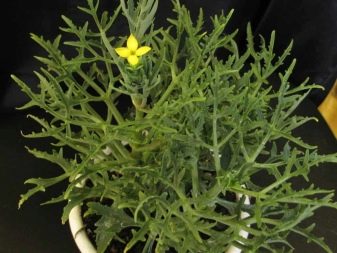
Views
The indoor handsome has the following varieties: Bufurkatum, Grande, Losehorn, Ridley, Superboom, Braam, Angolan. Let's consider each of them in more detail.
Hill is a rather diminutive brother. He has a branched network of thin leaves, which at first glance is similar to the horns of an animal.
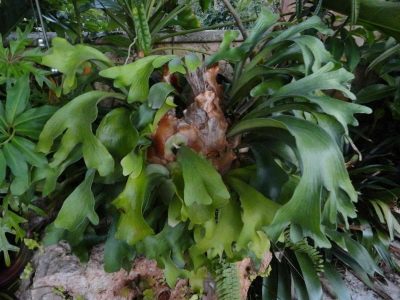
Deerhorn
Deer-horned bifurkatum, or two-forked, is one of the most common species. It is noteworthy that this flower is not only unpretentious to conditions, but also very tenacious: withstands temperature drops from 0 to plus 35 degrees. The leaves are large, wide, up to 150 centimeters long. There are two types: sterile and spore-bearing. In the latter, small fluffs retain moisture, respectively, the plant is always moist.
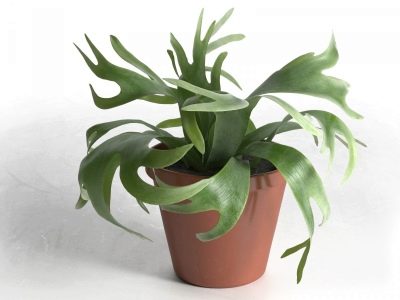
Grande
Grande, or large, is a tall fern that forms two patches of spore on the leaves. His homeland is the Philippines. Has two types of leaves: spore-bearing (from 150 to 200 centimeters, wide, falling downwards), sterile (length - from 45 to 60 centimeters).
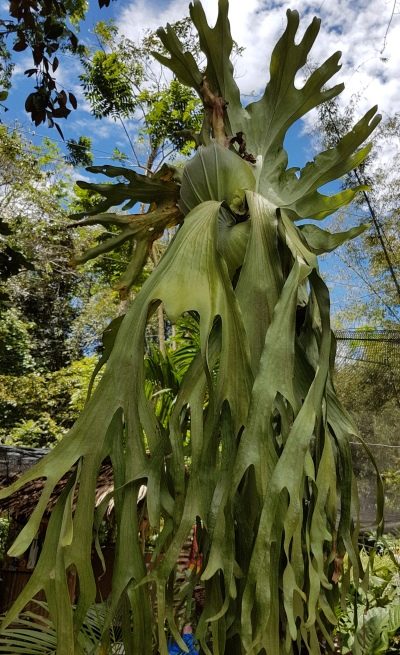
Losehorn
In artificial conditions, the platiterium is two-serrated, reaching a length and width of up to 0.75 meters. He, on the contrary, has wide leaves, there is little branching in them: because of this feature, it is called moosegim.

Ridley
Ridley's birthplace is Singapore. It is named after the founder of the nursery, Henry Nicholas Ridley. The leaves are rounded, up to 60 centimeters in diameter, grow rapidly, and die off quickly.
The lower edges are attached to the trunk so that a kind of bowl is formed, where the decomposition products of greens accumulate.
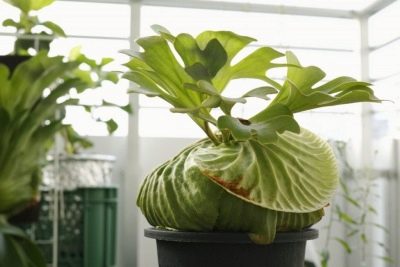
Other
Among other plant varieties, we note those listed below.
Braam - this variety was bred by the founder of the nursery James Veitch. Differs in erect and thin white leaves up to 100 centimeters wide. Braam is capricious to growing conditions, therefore it is cultivated only on warm windowsills or in greenhouses.
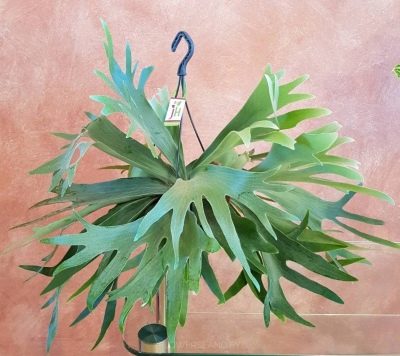
Superboom can grow in warm climates or greenhouses. The width of its leaves can reach a meter, they hang down to two meters. Homeland - Hawaiian Islands. There are many spores on the back of the leaves, due to which the plant reproduces.

The homeland of the Angolan variety is the center of the African continent. The leaf mass is whole, in the form of wedges up to 40 centimeters wide with bright veins and red hairs.

How to plant?
Reproduction of "Deer horns" is permissible by means of seeds or vegetatively. In the second case, it is necessary to separate and transplant the upper shoots in the spring. Their length should be at least 10 centimeters. To do this, we root the processes in a mixture of peat and sand, then cover them with a film, send them to a warm place.
Some growers share the Platitzerium rhizome at home. The spore seeding method is not suitable for everyone. For such purposes, they take small containers - bowls, fall asleep with drainage and nutrient soil, consisting of sand, peat, and rotten leaves.
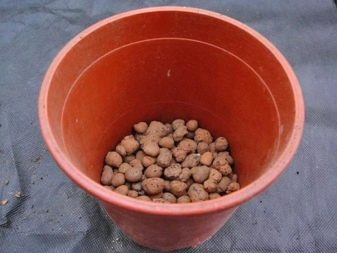

Exotic greens are grown indoors from seeds from January to March. All agrotechnical procedures are carried out strictly according to the instructions.
- Across the entire area of the finished soil, carefully lay out the seeds in a chaotic manner, slightly crushing them to the soil, without dusting.
- After that, we cover the seeds and soil with plastic wrap or glass, creating greenhouse conditions. Do not place containers in direct sunlight. It is good to create partial shade by shading windows or shading with newspaper.
- Maintenance is simple: airing and irrigation of the soil.
- We set the optimal temperature regime - from 16 to 18 degrees. When the first greenery appears, we remove the shelter.
- After five weeks, we dive the seedlings, remove them under a film shelter for two or three days.
As soon as three or more leaves are tied on the stem, we transplant the bushes into separate containers with a diameter of up to 8 centimeters.
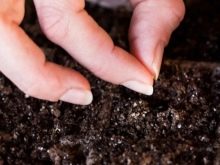
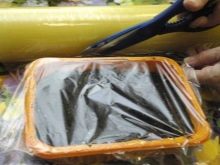
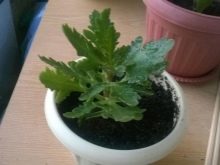
A transplant is best done once every 36–48 months. Because of its lack of capriciousness, the culture feels good in narrow containers. But during transplanting, it is better to choose a pot with a diameter of three centimeters larger than the previous one. At the first suspicious signs - wilting, slowing growth - it is necessary to carry out an unscheduled transplant.
Before transplanting, it is necessary to prepare a soil mixture, a pot of a different diameter. Pour a drainage layer of broken brick or expanded clay to the bottom. After that, we fall asleep with earth, which is similar in composition to that which is suitable for orchids and ferns. Sometimes the mixture is mixed with charcoal.
When preparing the soil yourself, we recommend mixing sand, peat and sod with foliage. The proportions are 1: 1: 1. It is better if the reaction is slightly acidic.
We carry out all the work on the transplant with great care, because "Deer Horns" are sensitive to all kinds of manipulations. We carefully remove the plant with a huge lump of earth and transfer it to a new container with ready-made soil using the transfer method. We cover all the voids with earth, water abundantly.
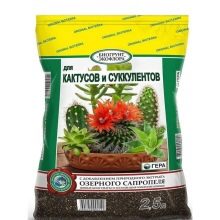
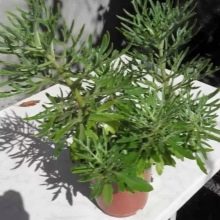
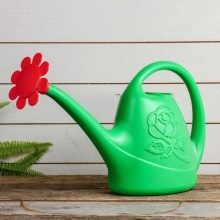
Home care
Let's talk about the standard procedures for caring for Platiterium. Succulent plants are best grown on the west, southwest, or southeast side. The northern one does not fit at all. But if suddenly the culture all winter "lived" on a windowsill or shelf with poor lighting, then it must be adapted to sunlight, otherwise a sharp change will lead to the leaves being burnt by the sun.
If the care of the succulent was inappropriate, then the process of stagnation or wilting of the plant will begin. This process can be influenced by the following factors:
- the temperature in the room is higher than plus 25 degrees, and the soil cover is no longer or slightly moistened;
- the sun's rays simply burn the plant, it is uncomfortable;
- low temperature conditions, the presence of drafts weaken the plant's immunity;
- frequent feeding is not suitable for exotic greens;
- do not use cold, hard or chlorinated water.
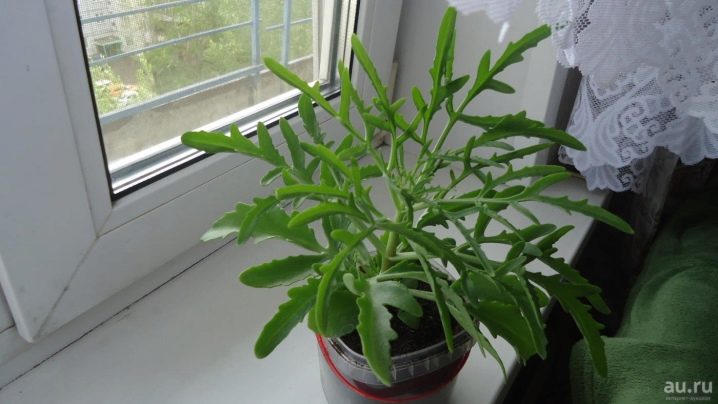
Deer antlers "are unpretentious to fertilizers, and frequent application of nutrient mixtures only harms, leading to exhaustion and death.
The standard dose of fertilization should not exceed the norm once a month. The optimal mineral dressing is "Absolute" (within the framework of the existing instructions).Do not forget that such mixtures are relevant from April to September, the rest of the time the plant has a dormant period.
Experienced gardeners make organic feeds once a week: they keep the banana peel in boiling water, and then place it under a film on flower soil.
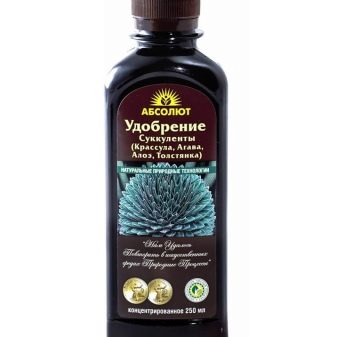
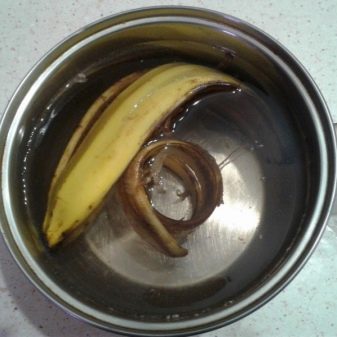
Among the specific care procedures, we note that the succulent loves high humidity. Therefore, it is often necessary to turn on a humidifier above the flower pot, as well as sprinkle it with warm water from a spray bottle.
If there is no proper lighting for a flower culture, then it is prone to yellowing, wilting, and slow growth. If there is a lack of sunlight, turn on the phytolamp.
Platitzerium requires regular watering; lack of water will lead to curling, wilting, withering away of the green mass. Watering is carried out as the soil dries up.
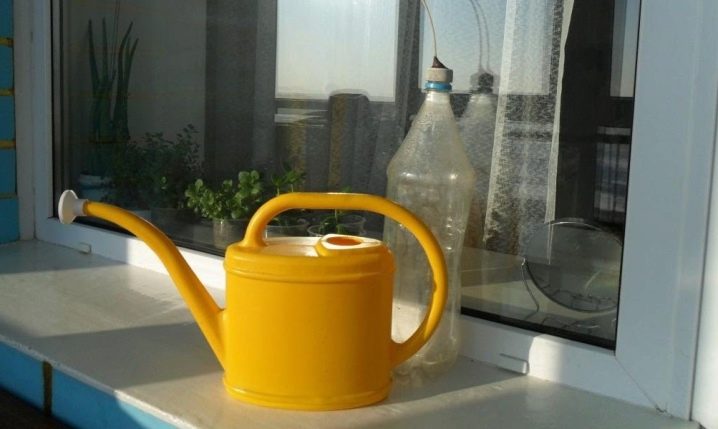
In the warm period of time, the temperature regime of the content is 20-23 degrees, and in winter, during the rest, 15-19 degrees will be enough.
Watering is recommended no more than twice a week. Many amateurs practice this method: they moisten expanded clay by placing it in a container pallet.
Planting is best done in a wide, but low container so that the root system develops in the open. Can be cultivated as ampelous greens - in hanging pots.
From October to the end of winter, the succulent is inactive. They practice rare watering, reduce the temperature regime to plus 12 degrees, and refuse to feed.
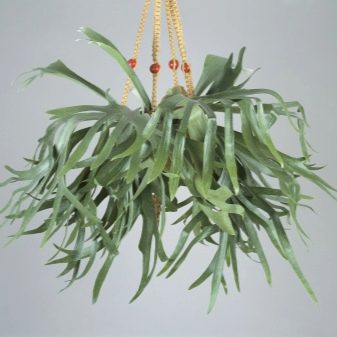
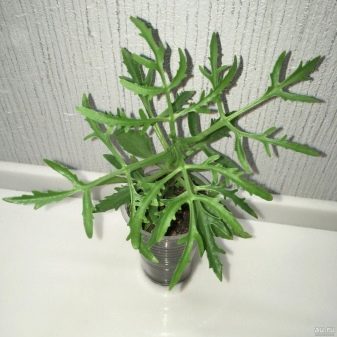
Reproduction
Ferns are propagated in three ways:
- disputes;
- offspring;
- dividing the bushes.
When dividing the bush, we first inspect the entire plant at the moment where we need to outline the cuts. We form them in such a way that on each of the cut off parts there are both rhizomes and a full-fledged leaf mass. After that, we make shallow cuts with a clean sharp tool, and dust the places of the cuts with wood ash. We sort the finished bushes by containers. Let's say right away that this method of dividing the bush is considered the most popular and effective.
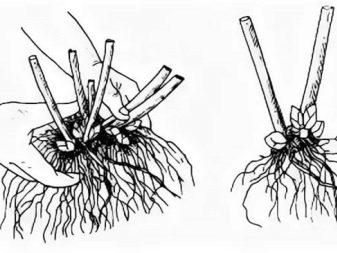
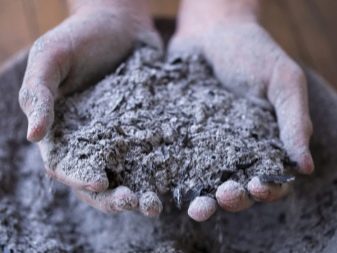
During active growth, the plant forms shoots with their own root system. This moment is considered the most favorable for plant division. The plus is that the mother bush does not need to be divided, which means that the succulent is not stressed.
Perhaps the most time consuming process is reproduction through spores. To do this, select dry spores from the back of the foliage, remove them. We lay out on pre-prepared containers with moistened soil. Slightly press them, slightly and gently irrigate them with water, send them under the film.
After one and a half to two months, the first greenery will appear, then we remove the film dome, put it in a warm place, take care of the plant.

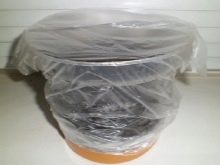
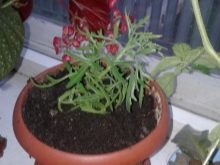
Diseases and pests
The fern plant is resistant to pests. But the suffering of culture begins when care is grossly violated. Let's consider the most common diseases, as well as list the pests that damage the "Deer Horns".
- Most often, a spider mite settles on green foliage. He loves ultra-high humidity. It is easy to spot it by the smallest white cobwebs that the tick builds on the leaves. In this case, it is optimal to use "Aktara", "Inta-Vir".
- If the leaves are covered with a sticky bloom, you know that the scale insect has settled. The insects themselves are disguised as a fluffy coating of a light gray hue. A warm shower using a regular sponge will help. If there is no effect, use insecticides.
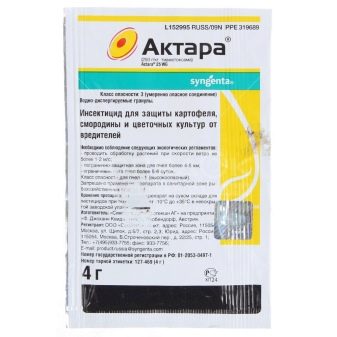

Among other problems, we note:
- drying edge of the leaf plate - waterlogging of the soil;
- withering leaves, their active dying off - frequent watering;
- a yellowish tint on the leaves indicates a sunburn - shade the window or move the pot to a less lit windowsill;
- brown spots appear for the same reason - move container out of direct sunlight.
A frequent problem that interferes with the active growth of a succulent is the appearance of powdery mildew. Externally, the container with herbs looks like it was sprinkled with flour or other white powder. Then it is worth watering the plant with a 0.2% mixture of "Fundazol" or other fungicides.
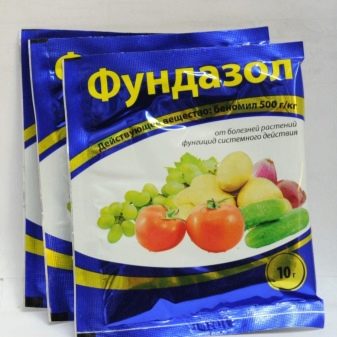
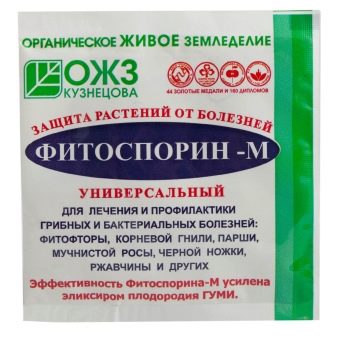
Flower in the interior
The plant "Deer Horns" is appreciated by flower growers for its original appearance. All varieties of an exotic pet can be kept at home, and they will not require special treatment. The culture does not need to be placed on a windowsill in direct sunlight - she will feel great in the depths of the room, namely in its eastern and southern parts.
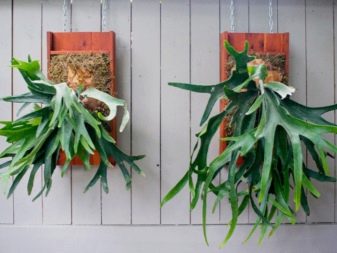
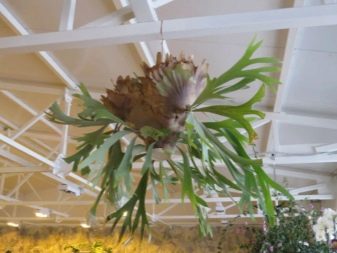
But fans of exotic cultures have a double opinion about the succulent:
- sometimes he is called "muzhegon", citing the fact that the greenery provokes the owner of the house to frequent infidelities;
- someone claims that the plant takes on all the negative energy, so conflicts at home rarely happen;
- it is a magnet for good luck, career, monetary profit.
Flower culture will decorate any interior, it will be relevant for any style. The only caveat - do not place a container with greens in the bedroom: the plant emits a small amount of toxic substances, which means that insomnia, nightmares and headaches will be provided.
It is only necessary to provide proper care, and then Platiterium will delight the eye with its lush greenery.

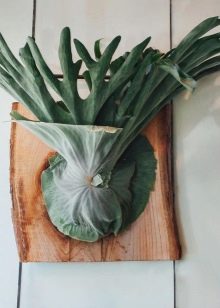
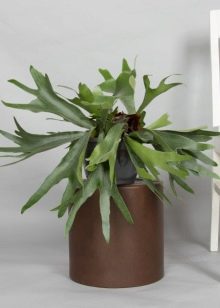































The comment was sent successfully.